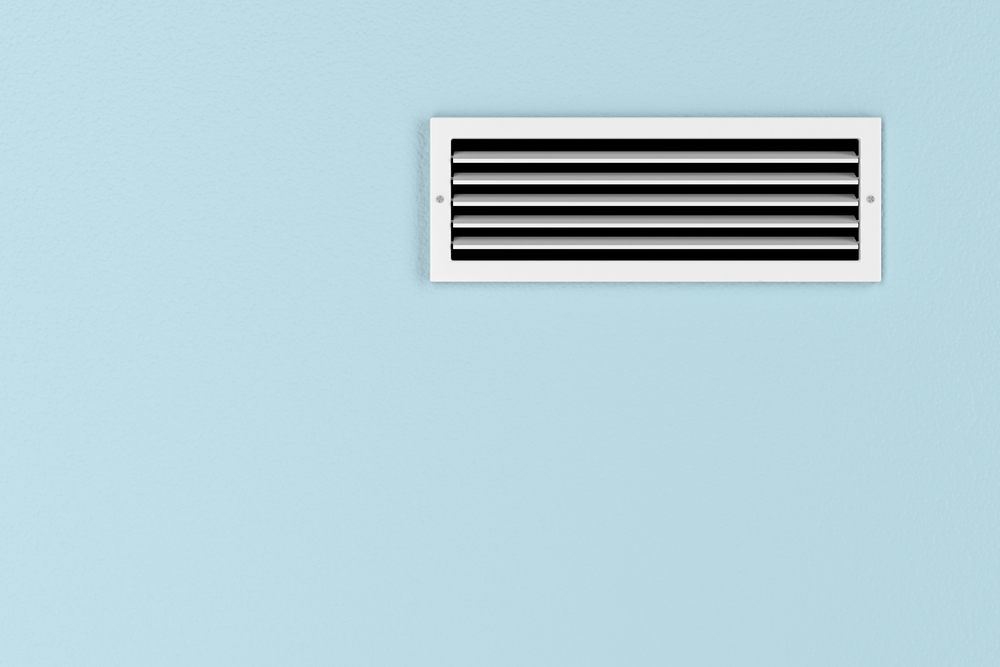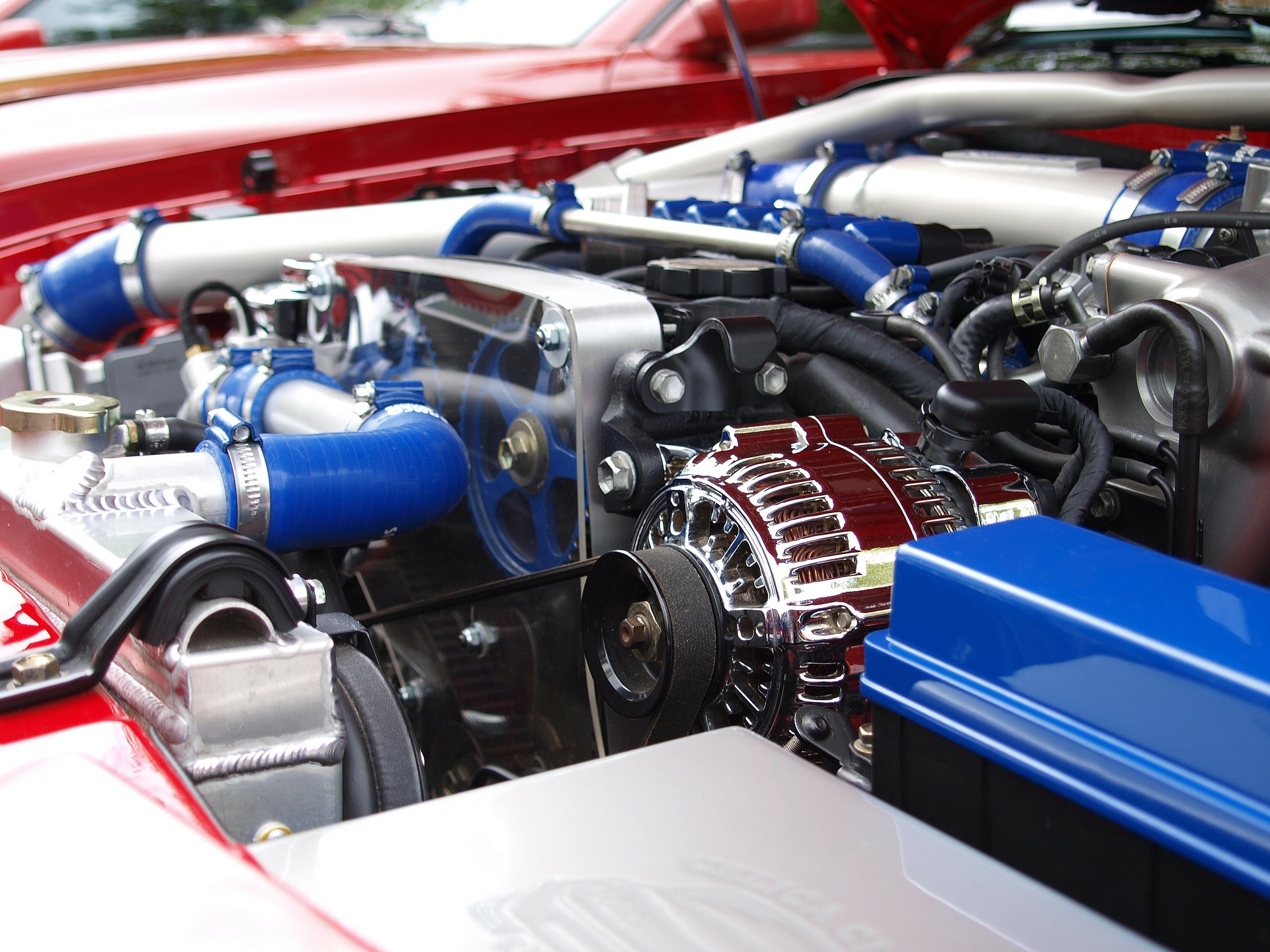Noise is undesirable at whatever level. If left unchecked, it could dampen productivity and lead to information lose during communication. What you may not know is that the noise could also point out to a machine that is excessively vibrating and thus prone to damage. It is therefore important not to ignore noise and where you can, have your equipment inspected. The following are some simple, but effective noise control techniques you can use in your company.
Damping
This technique is commonly used in machine guards, conveyors, tanks, panels, and hoppers. Damping technique works in two basic ways: constrained layer damping and unconstrained layer damping.
Under the constrained layer damping, a laminate is constructed where the damping material is carefully sandwiched in construction. On the other hand, unconstrained layer damping is where a bitumastic layer of damping material or another layer of similar characteristic is stuck to the surface.
The constrained layer damping is considered more effective than the unconstrained layer. You can use self-adhesive steel sheet or sound deadened steel to construct the damping materials. The sheet should be 3 mm and below in thickness because when it goes above this thickness, its effectiveness as a noise reduction technique goes down.
Ductwork
This technique is often used in cooling, ventilation, and extraction applications. You can achieve a 10 to 20 decibel reduction in noise by simply lining the last bent in your ductwork with fiberglass or rockwool or any other acoustic absorbent material. You may also construct a simple right-angle bend that you line with absorbent material to fit on the opening. On either side of the bend, the length of the lining should be equal to twice the diameter of the ductwork.
Pneumatic Nozzles
Typically, this noise reduction method is used in blowing, drying, and cooling applications. You may decide to replace the existing nozzles which are usually nothing but simple copper pipe outlets for high efficiency quiet units. This will not only bring down your noise levels by about 10 decibels, but you will also use relatively less compressed air. The best nozzles to use are entraining units which fortunately come in different sizes.
Vibration Isolation Pads
Vibration isolation pads are normally used in pumps, machine fit, and mezzanine installations. Mounting gearboxes, pumps, and other machines in your plant on pads can give you an effective vibration transmission reduction mechanism. This is particularly true where the vibrating units are securely bolted to floors or steel supports. For effectiveness, the pads must be carefully fitted under the bolt heads.
There are many different anti vibration mounts available off the shelf such as rubber or spring types. However, when choosing the appropriate isolator, consider among other factors the frequency of vibration and the mass of the plant.
There are other techniques such as pneumatic exhausts, fan speed, existing machine guards, chain and timing belt drives as well as electric motors. The noise control technique you choose will largely depend on your applications. When considering the chain and timing belt drives technique, you can achieve significant noise reduction by simply replacing the noisy chain drives with quieter timing belts.








